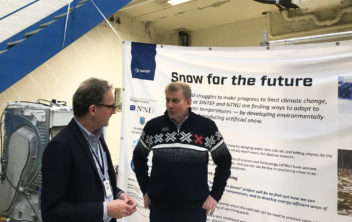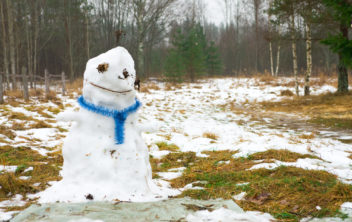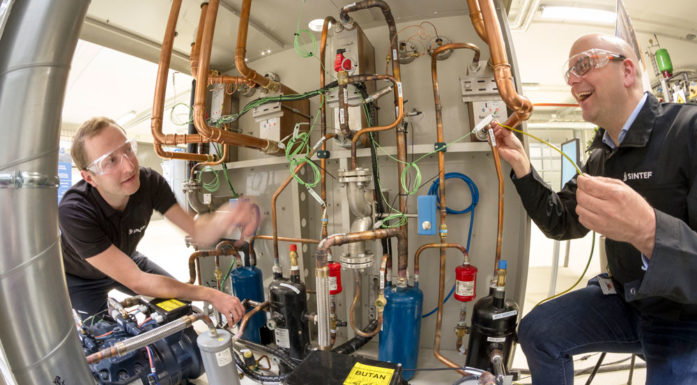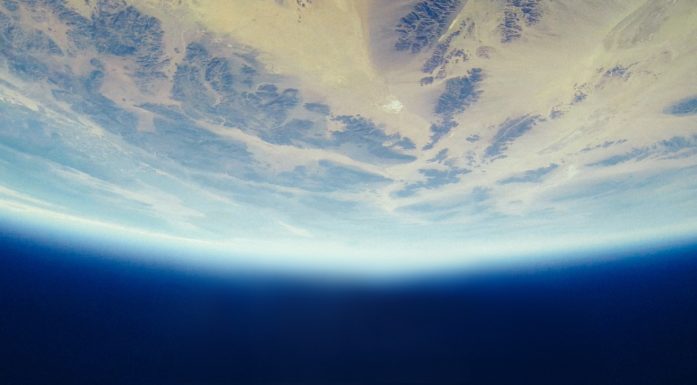Norwegian scientists will teach Europe to make snow
Trondheim: Norwegian researchers believe that it will be possible to make environmentally-friendly snow at above-zero temperatures. Now they have the backing of Europe and the skiing industry in their bid to save the sport from climate change.
Many Norwegians love to ski. Some people say that we are born with skis on our feet, but climate change could end up putting a stop to this.
In January 2017, the Norwegian Ski Federation, the Norwegian Biathlon Federation, Trondheim municipality and researchers from SINTEF and the Norwegian University of Science and Technology (NTNU) jointly received more than a million krone in funding from the Ministry of Culture in order to start the project Snow for the Future. Now some European companies want to join the team.

‘Not many Norwegian Ski Federation projects have attracted as much interest as this – both nationally and internationally’, said Erik Røste, President of the Norwegian Ski Federation. Photo: SINTEF
‘I think that the Norwegian Ski Federation and the University here in Trondheim have got the project Snow for the Future off to a perfect start. I’m extremely interested in the project, and am looking forward to seeing the first results. They may be ready in time for the World Ski Championships in Trondheim in 2023’, said Jascha Schmid of the International Ski Federation (FIS).
– How much interest has there been in this project so far?
‘Not many Norwegian Ski Federation projects have attracted as much interest as this – both nationally and internationally’, said Erik Røste, President of the Norwegian Ski Federation.

The researchers need more time to solve the environmental challenges currently involved in snow production. Photo: Shutterstock
Unusually high level of international interest
On Thursday 10 November, the project and other interested parties met in Trondheim to plan the second phase of the project. Their main objective was to get as many industrial partners as possible involved. If the level of interest in the meeting can be used as a benchmark, they appear to have been successful.
‘Developing good partnerships between the industry and researchers will be tremendously important. I am confident that we will achieve some good results, but working together will be the key’, said Erik Røste.
Aiming to make snow that is cheaper and more environmentally-friendly
The researchers need more time to solve the environmental challenges currently involved in snow production, and if they are to succeed in this, the project will need to get the industry involved and receive funding from the authorities.
‘At the moment, there are some excellent snow production systems on the market, but they consume too much energy. The biggest barrier in this project is how to develop new, good-quality technological solutions and components for this kind of system’, said Ingrid Camillla Clausen, Research Manager at SINTEF Energy Research.
Since it requires a great deal of energy to produce snow across a range of air temperatures, the researchers are aiming to develop solutions which will allow artificial snow to be produced at a reasonable cost. So their focus will be on making environmentally-friendly snow at above-zero temperatures – without wasting energy. They believe that the key will be to develop heat pumps which will use the cold side to produce snow, and the hot side to produce heat for heating purposes.
Italian snow makers will assist
‘We are keen to assist this project with our knowledge and experience as a world-class supplier of snow production equipment’, said Italian Jan Terzariol of Demaclenko.
Norwegian producers are also involved. Frio Nordica is a company which currently makes its living from making the ice which is used to keep fish chilled. Now they are looking at a new market: Snow production.
‘This project is giving us a new opportunity. We believe that it will be possible to use our ice-making machines to make snow at above-zero temperatures’, said Per Johansen of Frio Nordica.
This is not the first time that Frio Nordica has branched out into a new industry. The company has previously supplied snow for an indoor ski centre in Japan. Nevertheless, they are surprised at the scale of the Snow for the Future project.
‘I’m hugely impressed at how big this field is, and even more so by how much demand there is for snow. It’s been a big surprise for me to learn that there are so many people and so much money involved in snow”, smiles Per Johansen.




